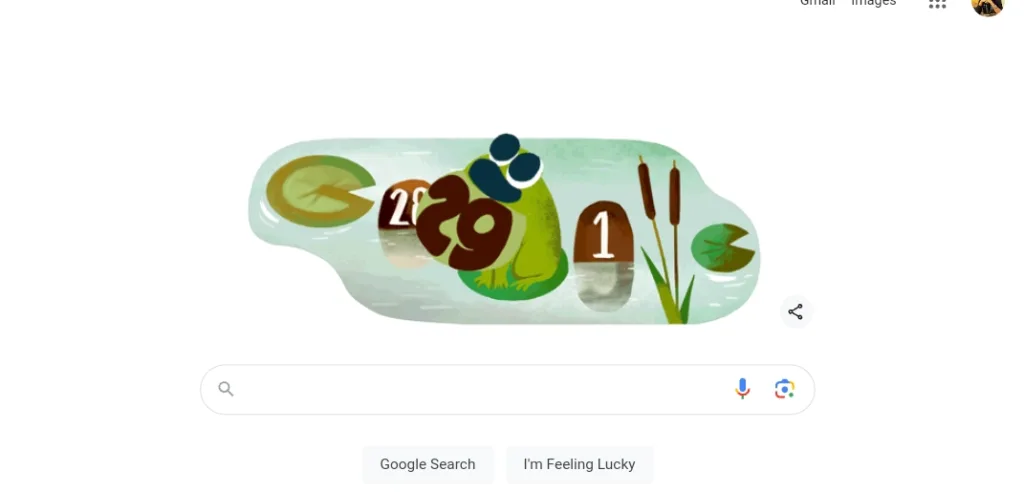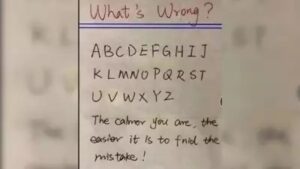Happy Leap Day: Google Doodle celebrates Leap Year with lively frog hopping joyously

Happy Leap Day: Google Doodle celebrates Leap Year with lively frog hopping joyously
In 2024, Google Doodle celebrates Leap Day, which happens every four years in a leap year. The doodle features a happy frog leaping on February 29th, the extra day added to the calendar.
On this day, the Google Doodle shows the number 29 in the logo, representing the extra day. Leap Day occurs in years divisible by four or by 400, like 2024. It helps adjust our calendar to the Earth’s orbit, adding a day every four years.
The Earth’s orbit around the Sun is a bit longer than a standard year, so a leap day is added to calendars. The Gregorian calendar uses this method globally, while other calendars might have their ways.
Adding a leap day every four years keeps our calendar in sync with the Earth. People worldwide have quirky traditions for Leap Day, and those born on February 29 are called “leaplings.” Some families even have three consecutive generations born on this day.
The extra day in February was added in 1582 by Pope Gregory XIII. February was chosen due to historical reasons in the Roman calendar, aiming to align with the solar year. This adjustment maintains a consistent 28-day cycle for other months and minimizes disruption to important dates.
February has fewer days because of historical and calendar adjustments. The Roman calendar originally had ten months totaling 304 days. February, being the final month, was assigned the fewest days due to mathematical reasons, making the total odd. This choice was to keep Roman rituals honoring the dead in February, making it the month with 28 days.








